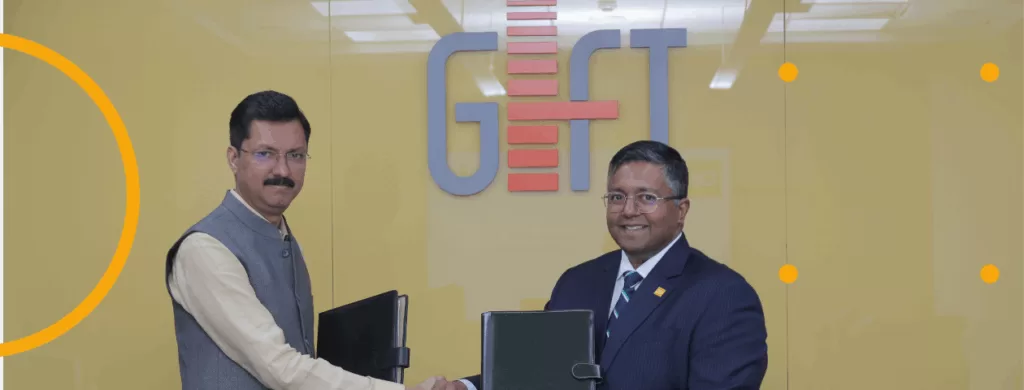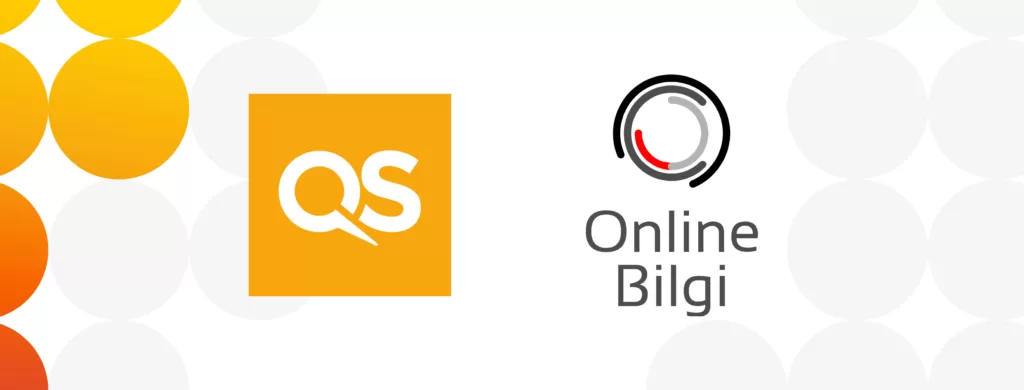To recruit highly talented and competitive Indian students, explore these key insights from the QS International Student Survey (ISS) for quick wins in digital marketing and communications.
Many predict that India will become the top student source market in the future, with the nation boasting a growth rate that has even outpaced China in recent years.
From the year 2000 to 2016, the total number of Indians studying abroad increased by 22%, from nearly 67,000 in 2000 to over three million by 2016, according to UNESCO.
A number of factors have contributed to its rise as a leading nation for international students. India has seen a growing middle class and an increase in demand for higher education, teamed with an overly competitive higher education environment domestically. In addition, the promise of better graduate outcomes and job opportunities has contributed to this increase.
Many Indian prospects must self-fund their study abroad plans, which places more pressure on students and families to choose institutions that offer a strong return on investment (ROI) and promising graduate outcomes.
To expand your reach into India and in turn establish a strong student pipeline, an approach that takes their unique preferences and needs into consideration should be a top priority for both long and short–term growth in the region.
Below, discover our top three student insights from the International Student Survey (ISS) for successful marketing to Indian students.
1. Return on investment and graduate employability were among the most important factors when choosing study abroad options
These higher education attributes were the most commonly ranked among the 12,860 Indian students that responded to the ISS. When asked to choose their five most important things in a course, Indian prospects chose:
- It leads to their chosen career — 57%
- It has a strong reputation — 54%
- Personal interest in the subject — 52%
- Affordable tuition — 50%
- High-quality teaching — 48%
To best reach students that are ROI-driven, institutions should tailor their marketing messages to place emphasis on graduate outcomes. An easily accessible career support page with sector-specific employment, career planning, and internship opportunities is a great way to target this highly motivated student demographic.
In addition, institutions can highlight more of their alumni network from India, working with the relevant department to provide more success stories of inspirational Indian alumni.
2. A welcoming environment and sense of familiarity are paramount
Beyond ROI, Indian students are also looking for a welcoming place of study. When asked questions around university choice, a welcoming environment was chosen third after teaching quality and if it offers scholarships. This clearly indicates that a country or city‘s reputation for how it treats international students, and perhaps immigrants as well, can have a strong effect on this audience.
When asked to rank the five most important things in finding the right institution, our Indian applicant pool chose:
- It offers high quality teaching – 54%
- It offers scholarships – 52%
- It is welcoming to international students – 47%
- It has a good reputation — 45%
- It offers a specific course they are interested in — 44%
To better understand why Indian students may have reservations when it comes to studying abroad, we discovered that their concerns around safety were ranked highly (57%) alongside cost of living (76%), getting a job (63%), and availability of scholarships (59%).
How can institutions alleviate these concerns? Indian students ranked the types of information that would make them less worried about studying overseas, and the majority chose the option of speaking to other international students that attended the institution (52%).
Not surprisingly, 47% said that if friends or family attended the institution they were considering it would make them less worried, and almost as many (43%) said that if they knew a lot about the country and culture, they would be less worried.
Even if an institution does not have the long-term student pipeline that allows prospects to connect with acquaintances that have already attended, colleges and universities can still leverage alumni stories and multimedia storytelling and build stronger connections through outlets such as online recruitment events.
3. When it comes to support, financial priorities dominate
As many of their top-pick institutions are in some of the most expensive countries in the world, living costs and tuition fees are very top of mind for most Indian students. Which types of support are most valuable for Indian students?
When we asked Indian prospects to rank the most desirable support services, they chose:
- Career advice service—68%
- A dedicated service for international students—48%
- A health/medical center—36%
- A visa advice service—29%
- A money advice service—26%
As already mentioned, ROI and graduate outcomes are strong drivers when it comes to Indian student choice, whether for a country or an institution. It should come as no surprise, then, that career services ranked so highly above other support options.
Through this lens, we can see that navigating international student life and the visa logistics that come with it are important, as well as health and medical and money advice services.
We already know that, when choosing a university, Indian students value scholarships nearly as much as teaching quality, which implies that budgetary concerns are a major priority. How can institutions address financial needs that may be out of their control?
One approach could be through the official school website or marketing materials. Institutions can use this platform to demystify the costs of living by offering a detailed breakdown of day-to-day expenses to alleviate budgetary concerns.
Institutions can also focus on the strong cultural selling points of both their regional locality and country—especially if living costs are more expensive than that of competitors—to emphasize better career opportunities and standards of living.
To receive a free recruitment guide for Indian students that includes more data-driven insights and highlights common Indian student personas, please download: What You Need to Know to Recruit in India.



